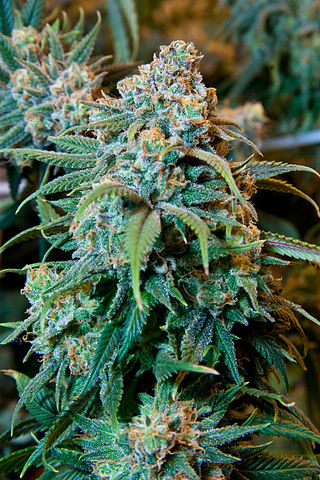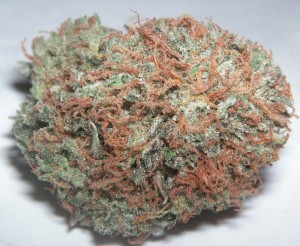A.G. Rejects Another Marijuana Measure
 Yesterday Attorney General Leslie Rutledge’s office rejected another ballot proposal legalizing marijuana.
Yesterday Attorney General Leslie Rutledge’s office rejected another ballot proposal legalizing marijuana.
The proposal by Mary Berry of Summit would amend the Arkansas Constitution to legalize “the cultivation, production, distribution, sale, possession, and use of the cannabis plant (genus cannabis) and all products derived from the cannabis plant” in Arkansas.
The amendment would allow adult individuals to grow up to 36 marijuana plants at a time, provided they first pay the state for a license to grow and use marijuana; it prevents the State of Arkansas from levying more than a five percent excise tax on marijuana; and it allows children to use marijuana for so-called “medical” purposes, provided the child has a “written recommendation” from a doctor.
It also releases all currently incarcerated prisoners whose only violation is a marijuana-related offense.
The amendment’s ballot title concludes, “Voters should note that the listed activities with respect to the cannabis plant are unlawful under federal law and that the amendment can have no effect on federal law.”
This proposal would write marijuana into Arkansas’ constitution. Like many past proposals, it lets people grow marijuana at home; and like virtually every marijuana law we know, it let’s children use “medical” marijuana with a doctor’s note despite the lack of evidence that marijuana is effective treating certain illnesses.
Just yesterday we shared a column about the negative effects of marijuana.
Marijuana has been shown to interfere with cognitive functions as well as portions of the brain that manage reward-responses and interpersonal relationships.
We have written before how under federal law marijuana cannot be prescribed by a doctor through a pharmacy–that’s why these proposals either legalize marijuana outright or make “medical” marijuana available with a note from a doctor rather than a prescription.
A growing body of scientific research says marijuana-use during younger years is associated with adult-onset schizophrenia.
Marijuana-related accidents are killing and injuring more and more Americans.
And far from quashing the black market, marijuana legalization seems to fuel illegal drug sales.
Allowing people to grow, use, and sell marijuana is reckless policy, plain and simple.
Photo Credit: “Cannabis Plant” by Cannabis Training University – Own work. Licensed under CC BY-SA 3.0 via Wikimedia Commons.



 Our friends at the Chuck Colson Center for Christian Worldview have published
Our friends at the Chuck Colson Center for Christian Worldview have published